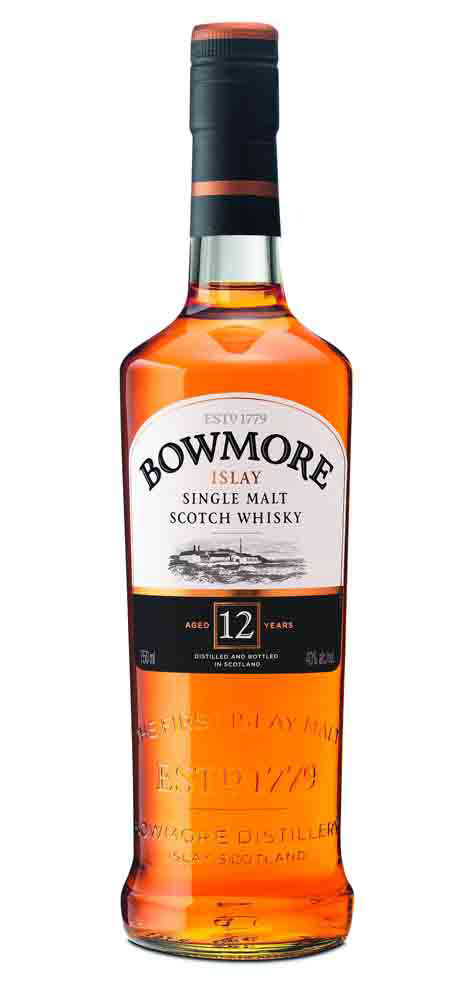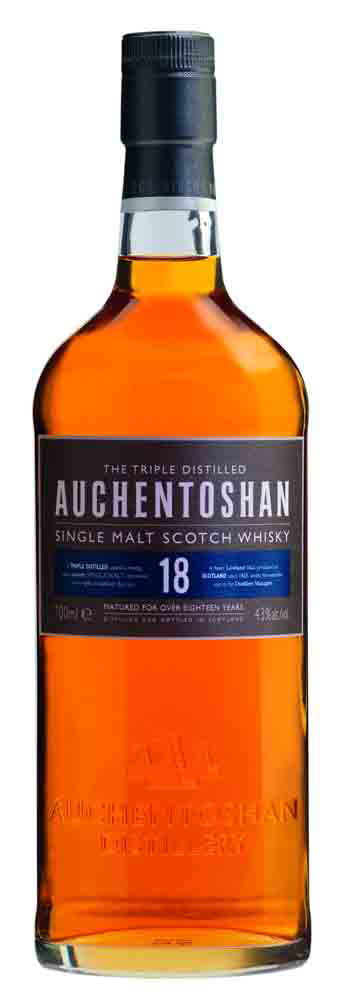Get Premium access to all the latest content online
Subscribe and view full print editions online... Subscribe
Adam Lechmere delves into the world of whisky, exploring the differences between Highland and Lowland malts, and sampling drams from Japan
In malt whisky, as in wine, there are preconceptions. A subject so vast, and so ancient, of course is hedged around with half-truths and prejudices, and the most common has to do with the difference between Highland – in which I include Island, Islay and their sister regions – and Lowland whiskies, from the broad chunk of Scotland that sits neatly above England, bordered to the north by the Highland Line. The differences between the two are considerable. Lowland whisky is lighter, drier, ‘maltier’ and – most importantly – unpeated. It is this, more than anything else, that sets it apart.
The process by which wet malt grains are dried over smouldering peat is so rooted in locality, so idiosyncratic and so telling in the fi nal fl avour that many whisky lovers consider it as vital to the fi nished product as oak is to burgundy. Peat is semi-carbonated plant matter formed over thousands of years, and in common with oak it contains lignins, molecules which when burnt release a smoky or spicy aroma. Depending on where it comes from, peat has different characteristics.
Orkney peat is lower in lignins than Islay, for example. So an Islay whisky like Laphroaig will come across as intensely ‘peaty’ – that catch-all word to describe the wonderful briny, spicy, medicinal heft of a Highland whisky – while an Island style like Orkney’s Highland Park is milder and sweeter.
But this is not to discount those unpeated Lowland whiskies. In the 19th century every Lowland town had its distillery but now there are only three left, producing some dozen malts. Many of them are triple-distilled, further softening the fl avours, for which they are too often dismissed as ‘aperitif’ or ‘breakfast’ whiskies. Auchentoshan, for example, has a pale straw colour and fl avours of cut apple and citrus, instead of the baked apple and caramel notes from further north, and is an early evening rather than a late-night quaff. Its fi ne fl avours, not overpowering, are on the sweet rather than the savoury spectrum and, judiciously watered down, go well with some foods.
There are many excellent food matches for both Highland and Lowland whiskies: the Isle of Skye’s Talisker and mackerel in rolled oats, or Lagavulin, the pungent Islay malt, with peat-smoked Hebridean salmon. But even the most rugged malt can wilt in the presence of strong-fl avoured food. It would be perverse to drink it with pheasant (a match that’s supposed to work) when a robust red wine would be perfect. It’s usually the lighter styles that work best – so, often, Lowland – and they tend to be easier to pair with foods that are hard to find a wine to go with. Umami-laden Chinese food is a good match, as is sushi.
Which brings us to Japan, one of the great secrets of the whisky world. The Japanese favour lighter styles – in food, in wine – and their whiskies are bewitching. Two Japanese malts, Hibiki 21-year-old and Yamazaki 25-year-old, both belonging to Suntory distillery, have won international titles. Many Japanese whiskies are made with malt peated in Scotland, but their fl avours are softened by local mountain waters. Classic notes of Christmas cake and sherry are layered with exotic tropical fruits and fragrant fl owers. For a Scotch enthusiast, it’s a revelation.
This whisky, which is made in Islay, has a creamy, sweet peatiness with caramelised baked apple and cooked pear. There’s a mellow smokiness, and fl oral notes with brisk salinity.
Available at:Fortnum & Mason

Golden-coloured single malt with very delicate aromas of nuts, spice and orange. Very little overt peatiness but sweet, sherry-like flavours with an excellent mouthcoating finish. Long and fine.
Available at:Marks and Spencer

Boasts a sweet butterscotch nose with caramel. On the palate toffee, banana, mouth-coating sweetness, woody cigar-box flavours, spice and licorice. Smooth and seductive.
Available at:Harrods

Sweet, dense, slightly tropical nose, followed on the palate by sweet apple, lemon and citrus fl avours, some buttery, creamy smokiness then fresh grass.
Available at:Master of malt

Nose of baked apple and Christmas cake, dry fruit, toast and muscovado sugar. On the palate, rich malty flavours with a slight grassiness. Gentle finish with fantastic length.
Available at:The Whisky exchange

Subscribe and view full print editions online... Subscribe